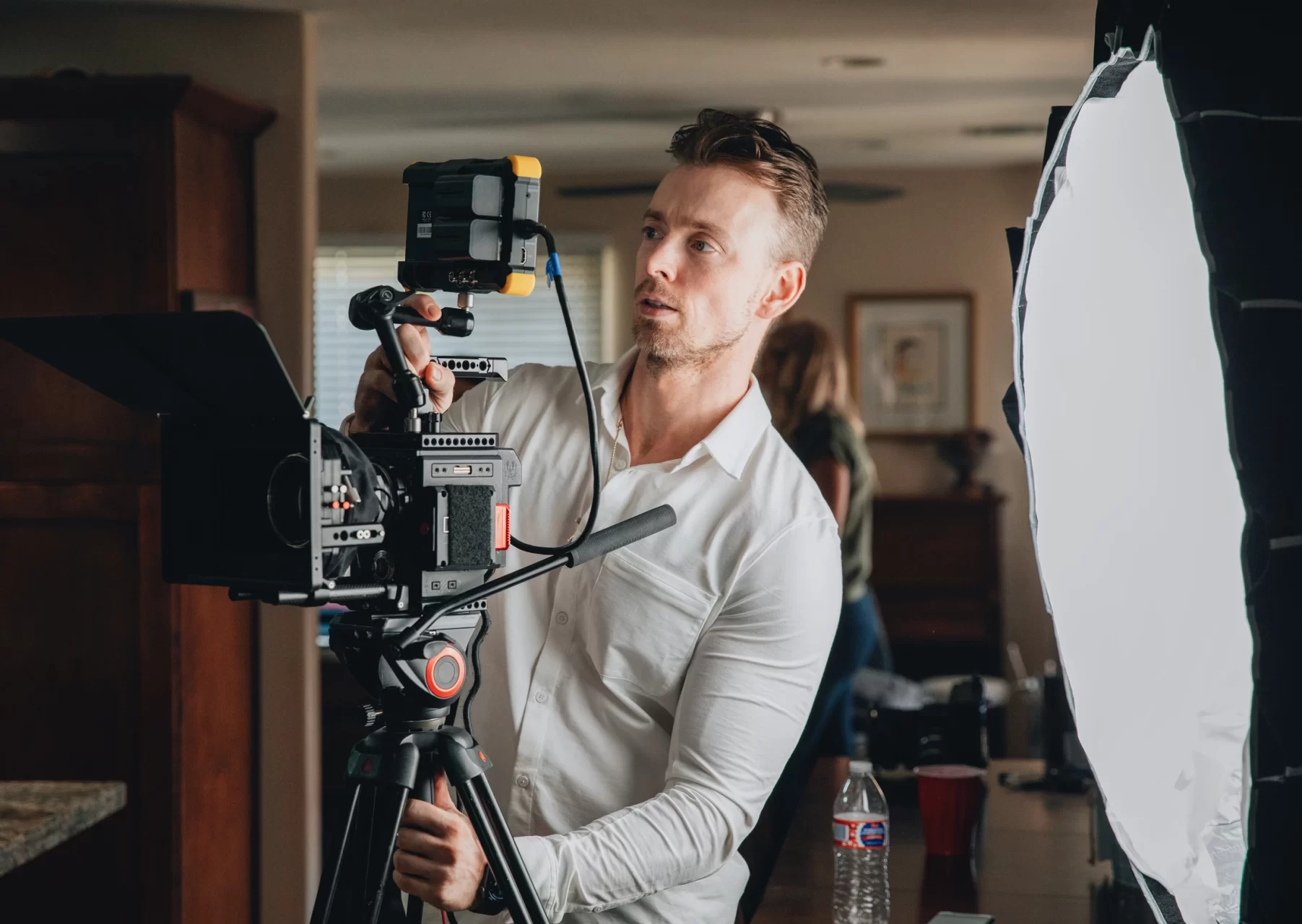Media training a spokesperson is one of the best investments a company or organization can make. A disastrous media interview can severely tarnish your brand and effect your bottom line. Here are four quick tips when it comes to training a spokesperson.
1. Talking in Memorable and Newsworthy Soundbites
Whether it’s television or radio, print or digital, giving answers that convey your message in a media-friendly way ensures that any recorded interview will make air and that you’ll be called upon – time and time again – as a great media source. One of the biggest mistakes those who aren’t professionally media trained make is to try and get every single message point into one answer. In other words, rambling on and on…and on! This is detrimental for several reasons. The first is that television and radio segments are very “time-sensitive,” meaning they only have a specific time allotted for your segment. If you take up most of the time on one answer, you’ve lost an opportunity for the host/reporter to ask additional questions. The second is you’ve tuned-out the viewer of listener. Professional media training teaches spokespersons how to think in those 15-20 second soundbites that are easy to understand and are news friendly.
2. It’s a Visual Medium
For television or online (Skype, Zoom, etc.) interviews, it’s important to know that a strong visual presentation is key for the audience to have trust in you and to see that you’re a credible spokesperson. If you wear glasses, do they have an anti-reflective coating? Are your clothing choices suitable for the interview? What about the background if you’re being interviewed at a remote location? Does the background lend itself to the message and topic? When it comes to clothing, the best way to know how to dress is to watch your local or network news anchors. Most have had the benefit of tips from professional consultants, so mimicking their overall look is a great thing to do. There are other things to consider, as well. Such as not overusing your hands, keeping your eyes focused on the camera if it’s a satellite or remote interview, and making sure your eyes are focused on the host/reporter if the interview is in-person. The viewing audience is very fickle… and tends to be unforgiving if the visual presentation is weak.
3. Asking Questions Ahead of the Interview
Prior to being interviewed, it’s important to understand both the nature of the interview and, for recorded interviews, how it will be used. Many times, a spokesperson will be frustrated because they just did a 15-minute interview with a television or radio station only to see 12-20 seconds appear on-air. This is typical when a journalist is trying to put a larger story together and needs specific “quotes” to tell the story. The more you know ahead of time, the better you can prepare for the nature of the interview and whether you’ll be the focal point or simply a smaller part of a bigger story.
4. You Can’t Control What the Media Asks
There’s simply no way to control what a reporter or host asks during an interview. The very nature of journalists is to be inquisitive, therefore anything and everything is in play when the red light or audio recorder is on. That’s why it’s important to have your spokesperson professionally trained to know how to pivot away from any questions that don’t pertain to the topic at hand. The best way to understand this is to watch politicians in an interview. Many times, they’re asked questions they either can’t answer or don’t want to answer. Most are experts at pivoting and keeping the interview focused on the message they want to talk about. While they can’t control the line of questioning, they use techniques taught in professional media training that allow for staying on message.
Our professional media training goes in-depth with these tips and much more, providing real time training with pro lighting, sound, and visual playback to ensure your spokesperson is equipped to handle any interview scenario. Lets get started today!
